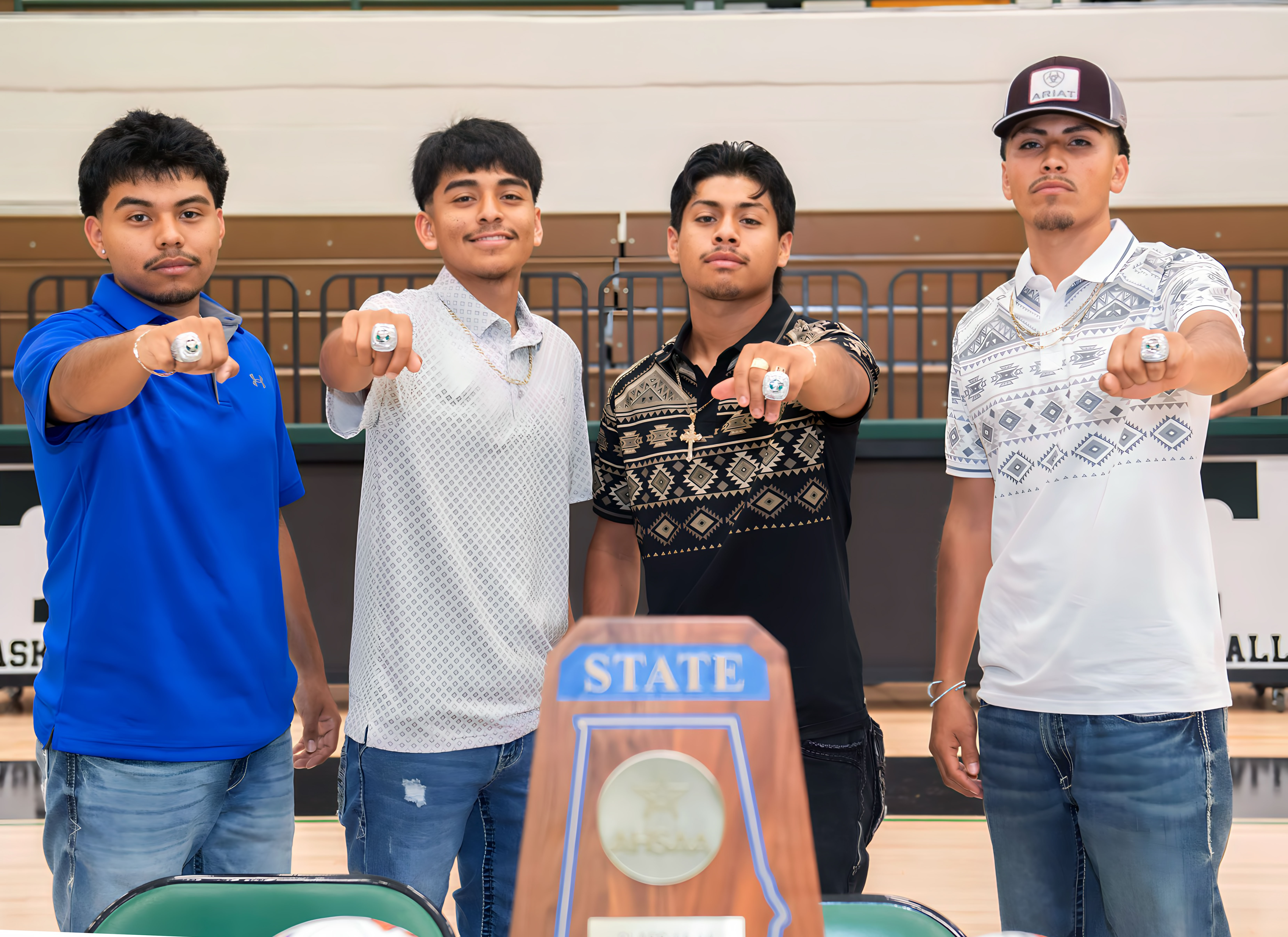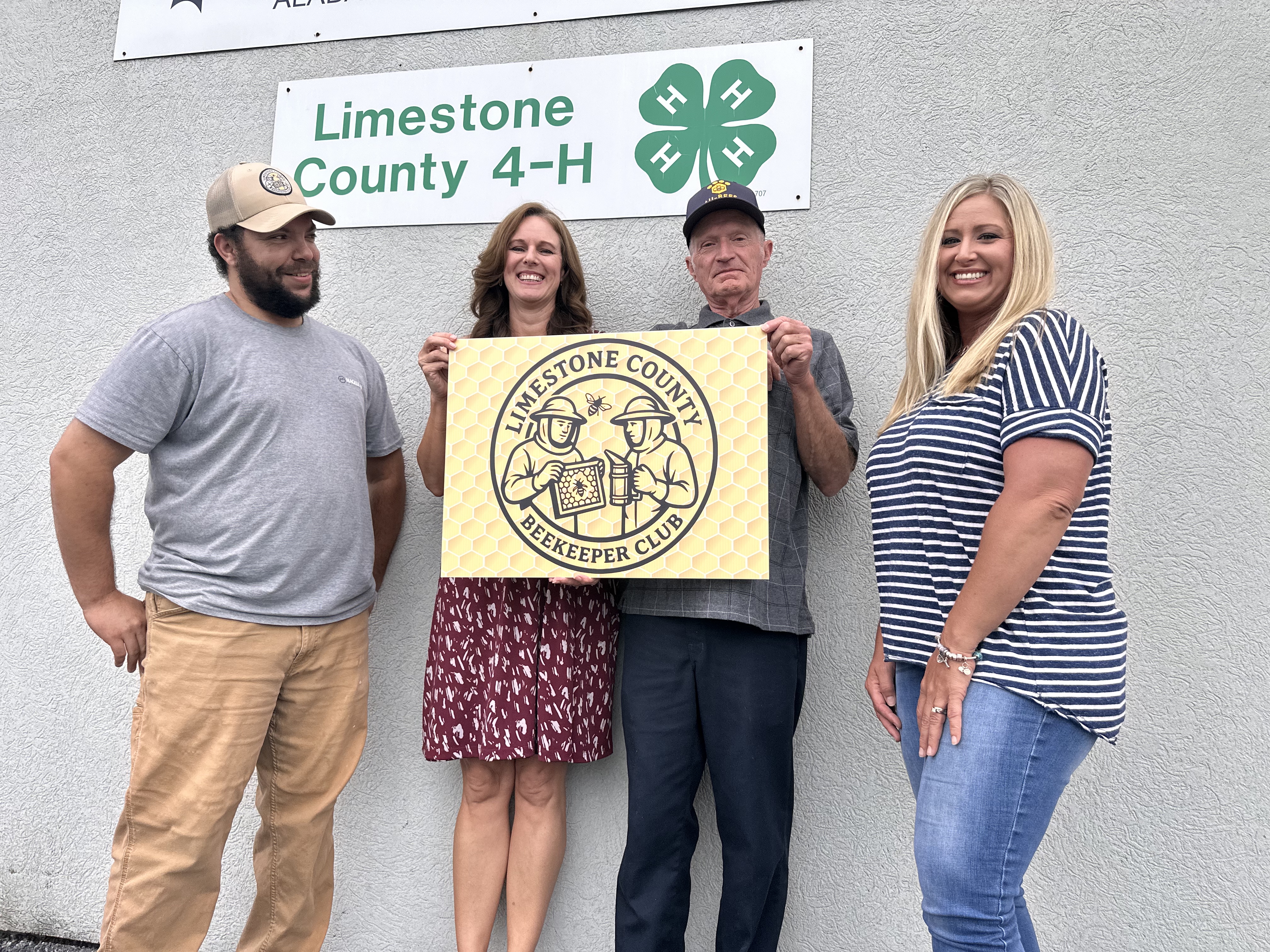Owl’s Eye: Mysteries right here
Published 1:09 pm Wednesday, July 19, 2023
We Owls are shameless about listening in to any passerby. One recently told a funny story from his grandma. Odd how the human hurly-burly produces lots of strange, creepy, but sometimes funny tales. Consider this mystery.
It seems that one dark night, a young boy headed home from fishing in the nearby creek. Coming to a bridge, he heard a mighty clattering of horse hooves in the distance. He listened as the drumming came nearer and nearer. He jumped down and under a bridge. Suddenly hooves pounded on the bridge right above him, crossing at breakneck speed. Peeking out, the boy stared in absolute horror. The horseman halted after he crossed, and turned his body toward the boy. The rider had no head!
This story was told as a grandma drove a car full of kids home one dark night. “We’re coming to that bridge now!” The young kids in the back seat were terrified, and hid under a blanket until the bridge was well past. “That rider was a criminal hung by the neck until dead, and he comes back on dark nights looking for his head!”
Now there are those who say this tale is told to keep kids home at night where it is safe. I listened around to see if such a story made it to our little county. What I found was amazing, because we have many mysteries here.
No one knows where two wagon loads of gold are buried “four miles out of Athens.” Seems that during the Civil War, a pay-wagon headed for Hood’s Army near Nashville was threatened by Union Cavalry. They hid two gold cases in a creek. Where are they? Where did that story come from? True? Who knows? What we know is versions of this same story happened in other parts of America!
Nathan Bedford Forrest, Grand Wizard of the original Ku Klux Klan, is said to have closed the Klan down, too. He closed it down in a building once located on Market Street behind UG White’s. Really?
Or how about this story unearthed by author Kelly Kazek. A whole field of buried bodies was discovered near the Tennessee River when a highway came through. Best anyone can tell this might have been a cemetery at “Cottonport.” This little village near Mooresville disappeared in the mid-1800s, due to a malaria epidemic. I’d thought such mysteries were easily revealed with modern research, until I read about another, completely unsolved question from our past.
It appears the burial place of some 200 soldiers fallen in the Battle of Sulphur Creek Trestle in north Limestone is unknown. How can this be? Locals tell how all the houses in Elkmont were then used as temporary hospitals. How could the burial place of 200 fellow human beings not be known? What a discovery that would be, to find this lost site, and memorialize it one Memorial Day.
Or what is the origin of the local story of a letter said to have been written by Abraham Lincoln? In the 1860s the head mistress of the Athens women’s college, which today is Athens State University, is said to have shown Union troops a personal letter from Abraham Lincoln. Seeing this, the cavalry spared the building and didn’t burn what we know today as Founder’s Hall. Seems there might be some truth here, but where is the evidence?
Recently, to make way for a roundabout at Lindsay Lane, an old building was knocked down. Its former owner was quite open about showing visitors how it had been a wooden two-room stage coach stop. In horse and carriage days, guests would pile into one room and spend the night, while their horses would drink from the well, now covered, outside. Even old Athens Middle School might have once been the location of a racetrack!
As tornadoes, lightning, floods and endless suburbs and developments destroy or cover over the old places, stories disappear. For such reasons Athens State is seeking your personal stories. Likewise, the Athens-Limestone Library has begun podcasts with local color. Always, our Limestone Archives seeks letters, photos and other ephemera which tell our stories. I’m here to praise local historians, who write well about events long past. For instance, we tell the heroic tale, and commemorate him with a statue, of brave Judge James Horton. He stood up to mob justice and judged fairly in a ‘Scottsboro Boys’ case.
We should remember our history, all of it. We should take time to separate the wheat from the chaff and figure out whether grandma’s story is true, or not, or maybe only partly so. It is honesty about our past that shows we are human, and not perfect beings. We can learn from our wrongs of the past, celebrate the good, and try to do better in our own lives. An entire memorial in Montgomery commemorates those lynched during the high-water era of Jim Crow, three from this very county. Knowing that doesn’t make the mountains fall, or rivers stop. It helps us know ourselves a little better. We can’t ever be truly free until we know the truth. It sets us free you know.





